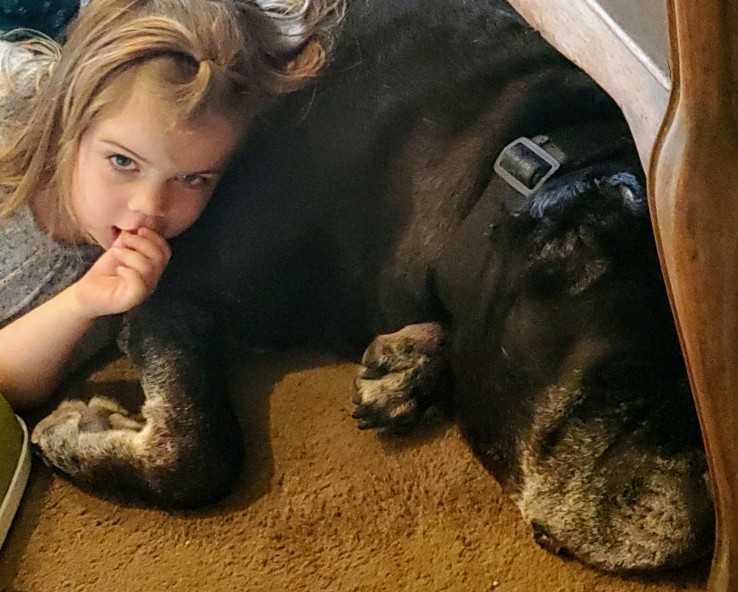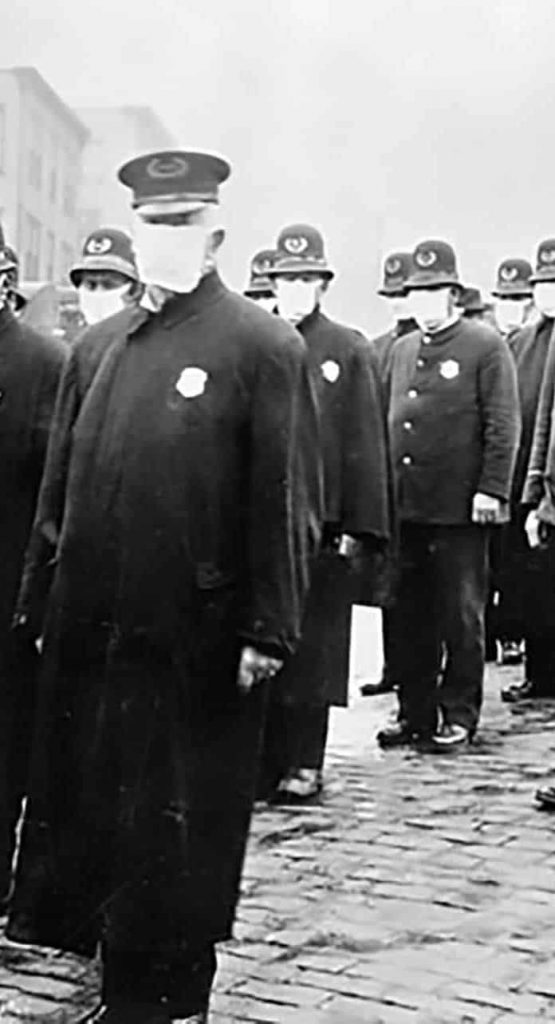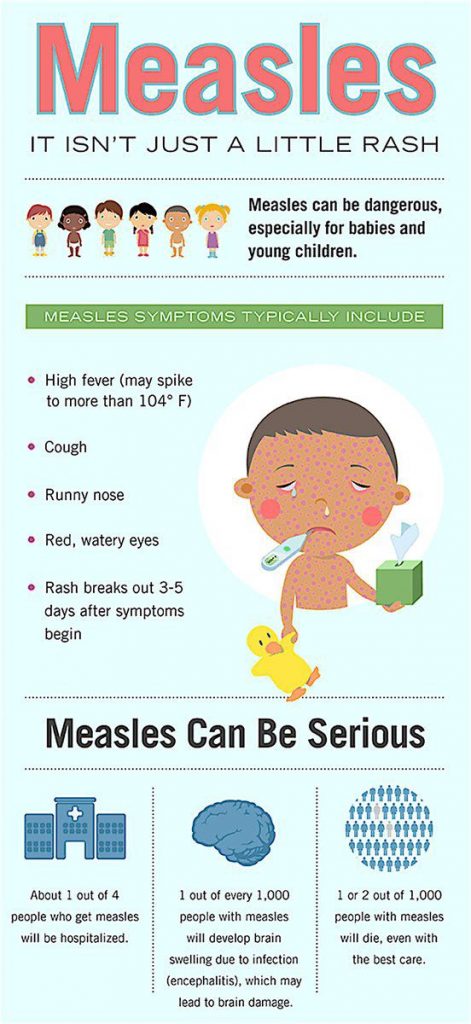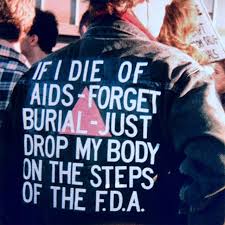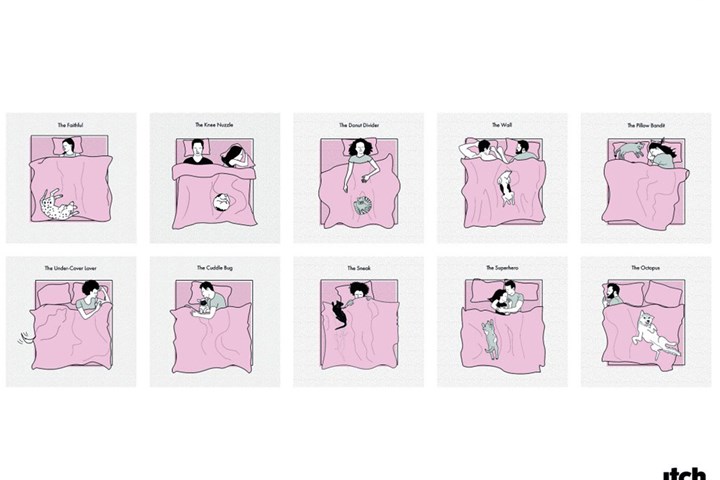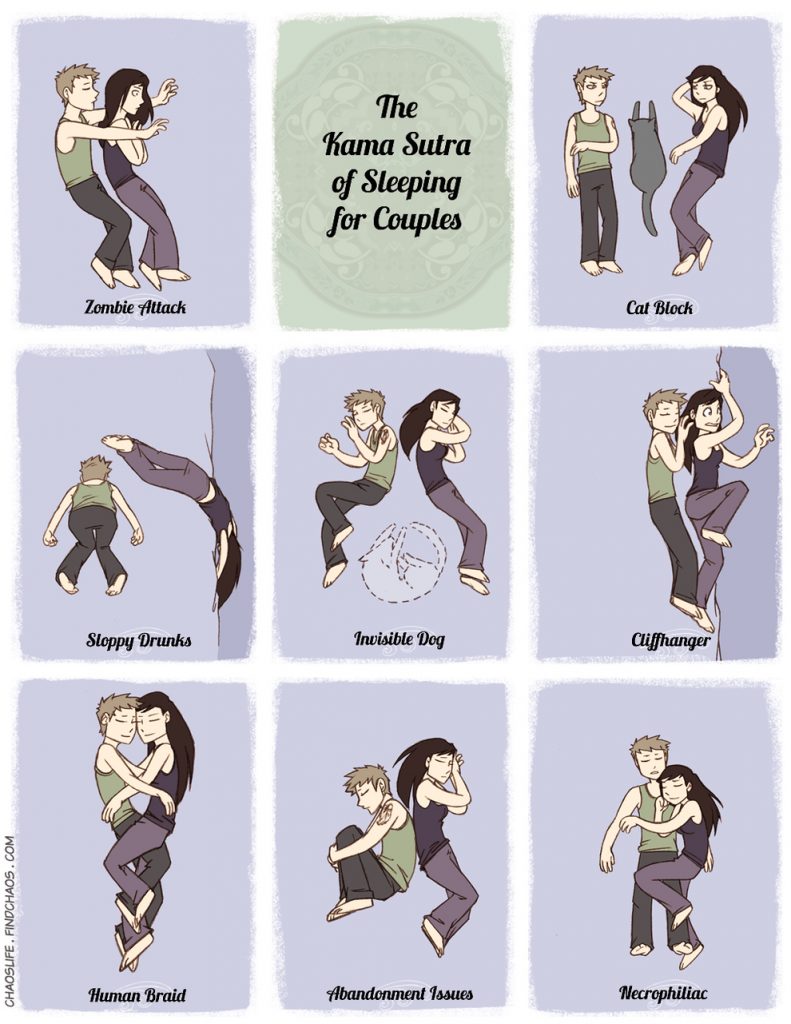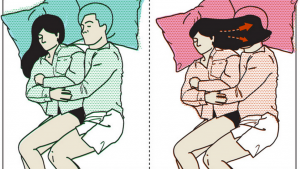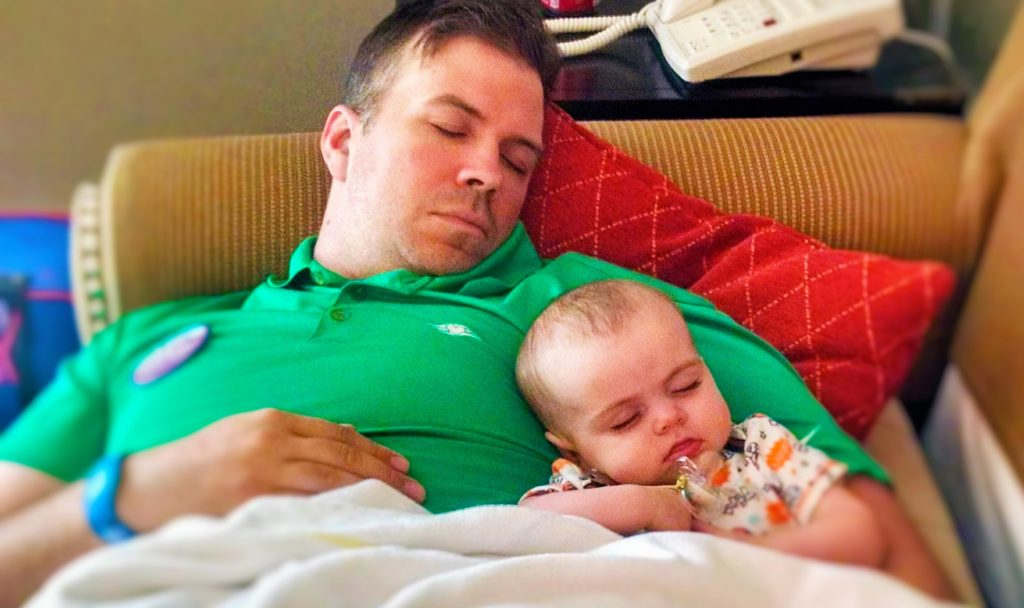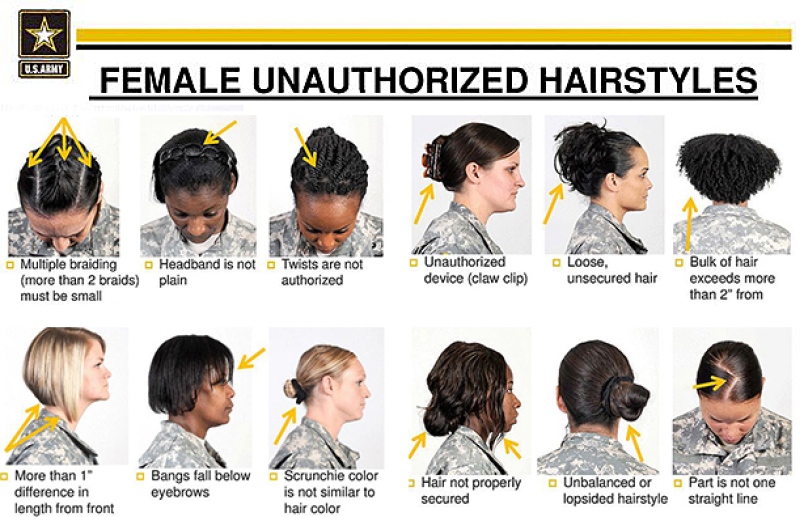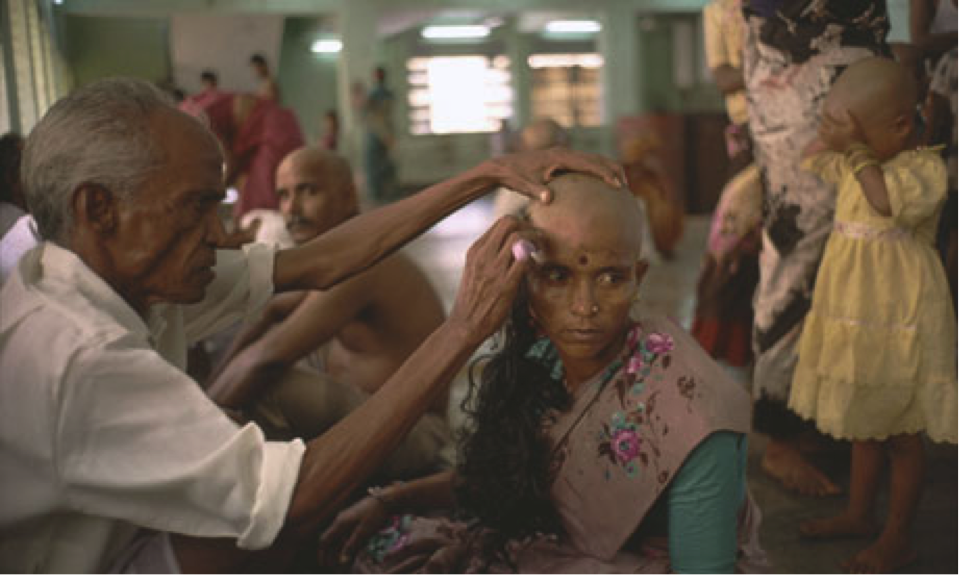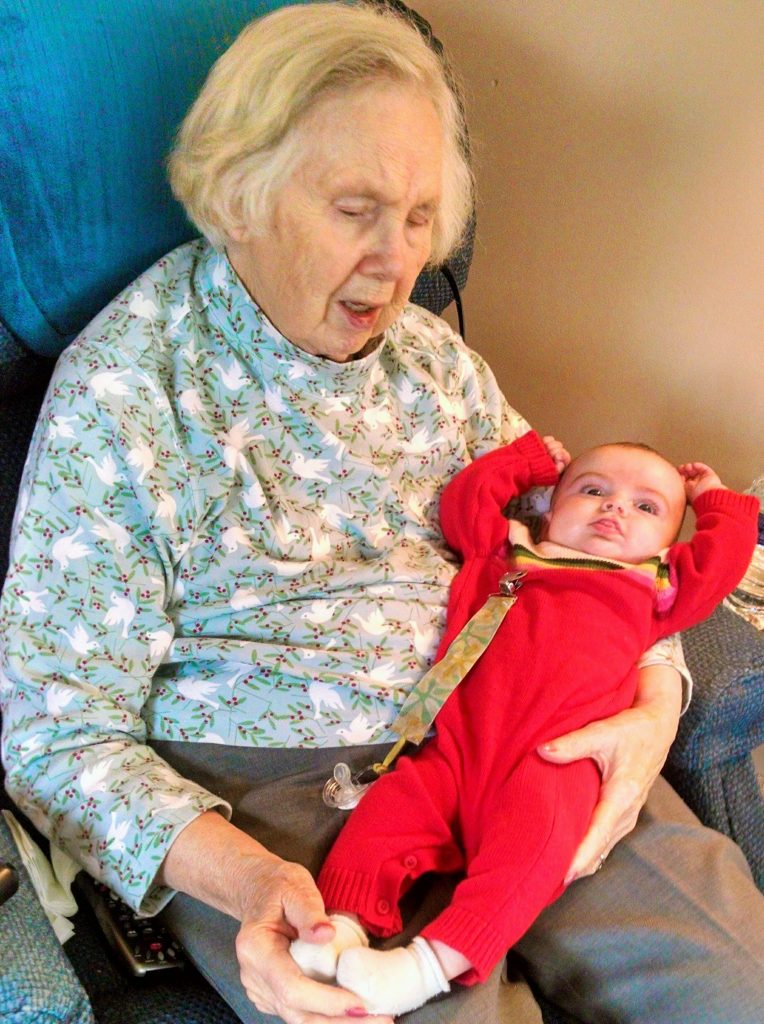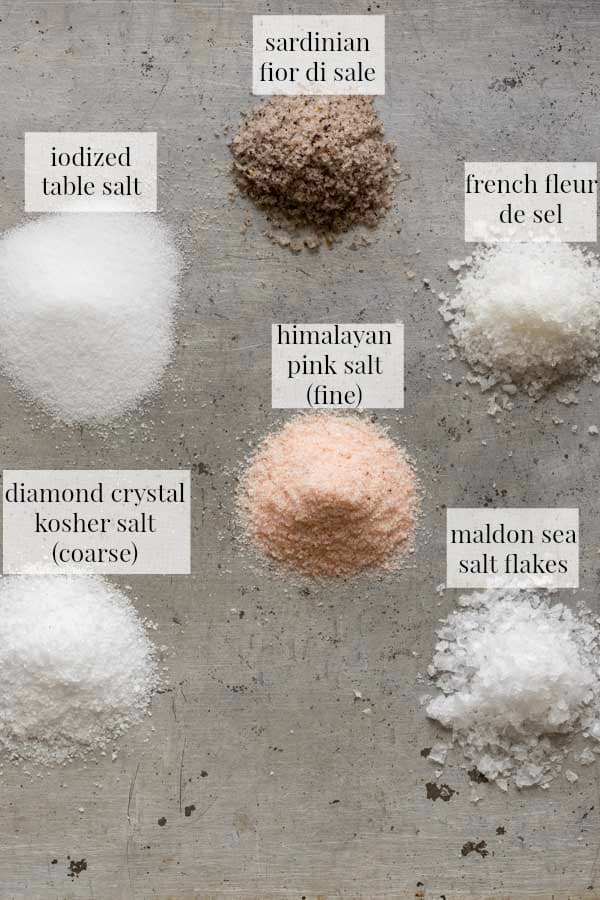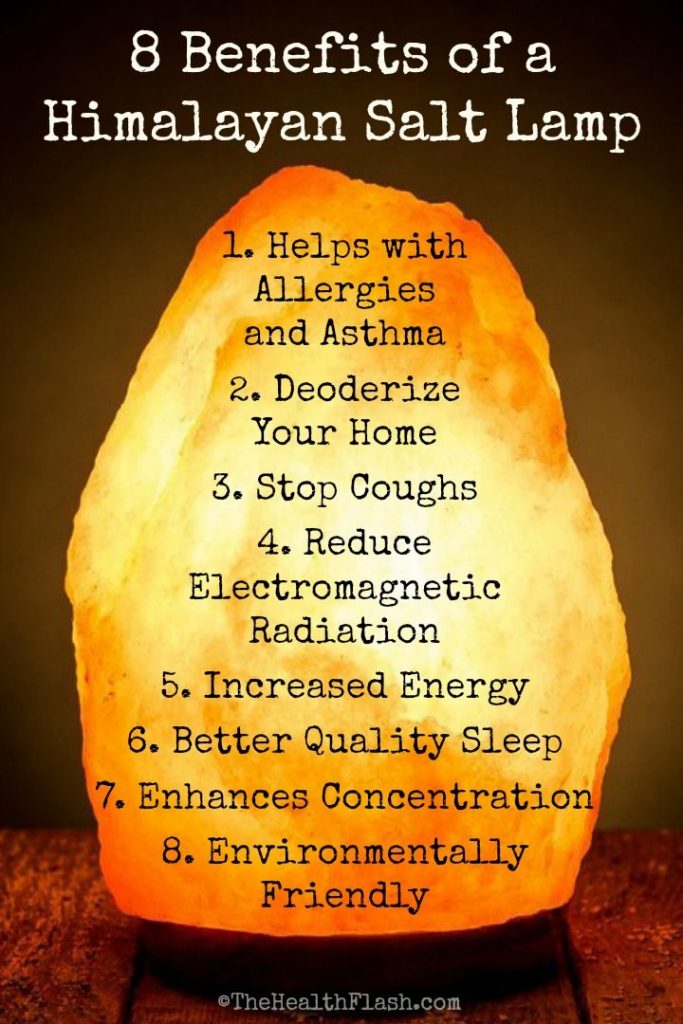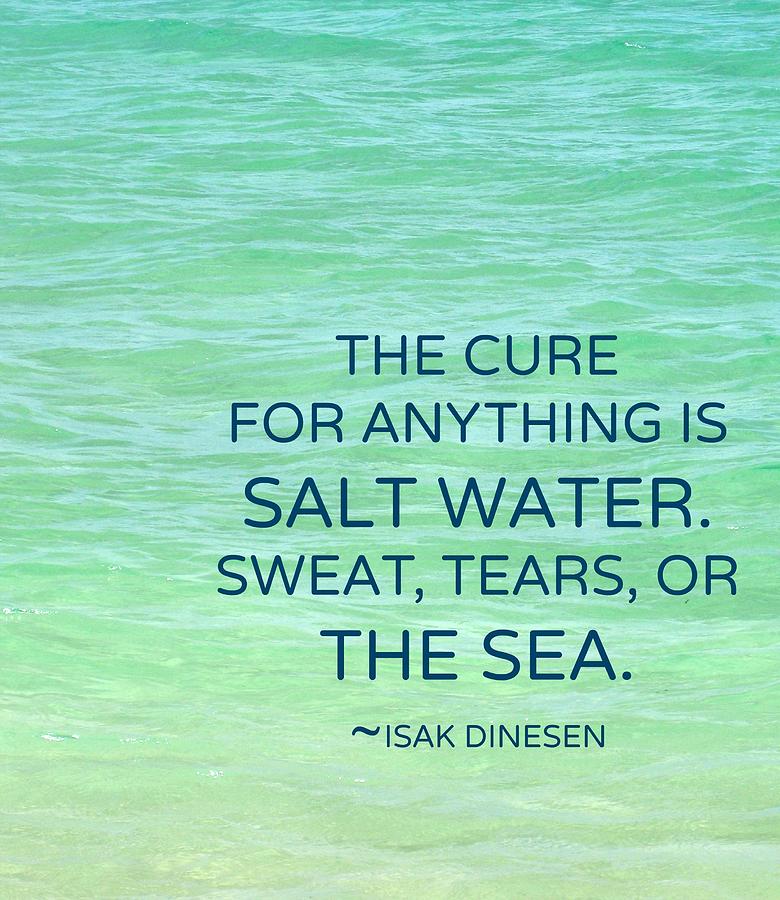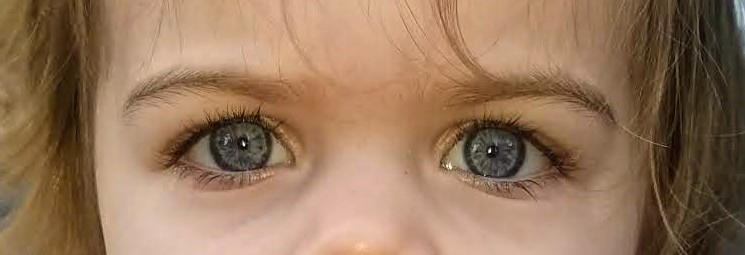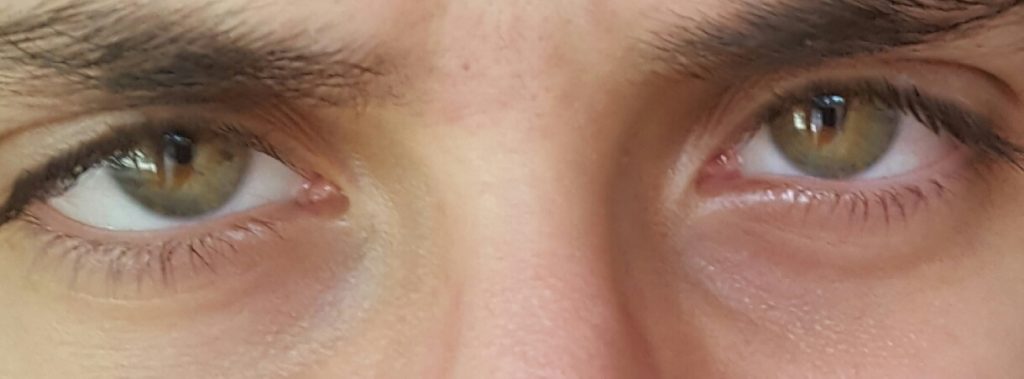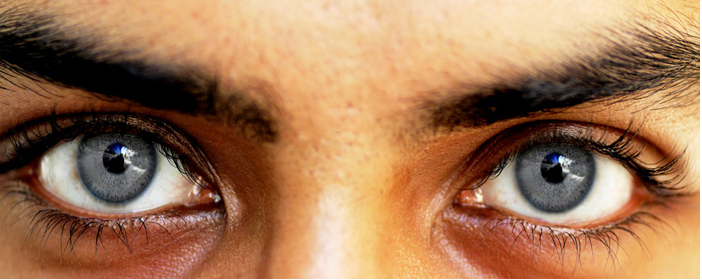Why would you want one? Let me count some of the ways.

- Humor
- Stress
- Conflict
- Tension
- Novelty
There Have Always Been Crap Jobs

In Ancient Rome there were puke collectors. Yep, it’s what it sounds like. Not only did the Coliseum have a vomitorium (the passage leading spectators to seating areas, not a room constructed for the purpose of vomiting between feast courses) that needed attention after major events, but during banquets guests often didn’t even leave their couches to vomit—in which cases, someone crawled around on the floor scraping up the mess. In some households, the same servant was responsible for sticking a feather down the diner’s throat to trigger their gag reflex and produce the mess to be cleaned.
They vomit so that they can eat, and they eat so that they can vomit. They don’t even consider the dishes which they have assembled from across the earth worthy of digestion.
Seneca the Younger, Book XII to Helvia His Mother on Consolation

In Tudor England, 70% of the aristocratic diet was meat, much of it roasted on iron spits in kitchen fireplaces. Spit boys turned the spits all day, every day. The work was strenuous, uncomfortable, and dangerously close to open flames and boiling fat drippings.

In Victorian England, there were rat catchers. Again, it was exactly as named. The streets and sewers in cities, especially, were infested. His tools of the trade were a big bottle of arsenic-based poison, a cage, and a terrier dog. Local governments paid per tail or per head. Often the rats were captured live for subsequent killing in public and/or for fights between the rats and the terriers, which afforded betting opportunities. Of course, there was always the risk of (probably infected) bites for the rat catcher.

Note to writers: If you write historical fiction, take care to find some of the worst jobs of the time. Details about characters working in these jobs can be a very effective way to illustrate general attitudes toward hygiene, class differences, and the overall living conditions of the poorest members of society.
Crap Jobs Still Exist

Crap comes in many forms. Here, in no particular order, are several examples.
Low wages — People working in crap jobs often become stuck in a cycle of poverty, made worse by a lack of job security.

- Retail salesperson — Especially those who work on commission may lose out as on-line shopping booms.
- Taxi drivers — Here the major factor is competition from potential clients using ride-share apps such as Lyft or Uber.
- Correctional officers — State and federal budget cuts influence hiring and retention, especially as governments switch to private prisons with an emphasis on profit over safety.

Jobs in steep hiring decline — The common thread among many modern crap jobs is that technological advances have depressed the need for people producing their goods or services.

- Logging worker
- Newspaper reporter
- Disc jockey
- Photographer
- Buyer for grocers and other wholesalers
- Advertising salesperson
- Broadcaster
- Retail salesperson
- Copy editor
- Orchestral musician
- Machinist
- Assembly line worker
- Coal miner
- Secretary
- Telephone operator
Stress factors — Even a well-paying job can be a crap job if it includes tight deadlines, physical demands, and danger.
Writers note: you may already have characters with some of these jobs. Consider more focus on the crap factor.


- Food server
- Chef
- Broadcaster
- Nuclear decontamination technicians
- Police officers
- Fire fighters
- Emergency medical technicians
- Enlisted military personnel
- Roofer
- Welder
- Water transportation worker (direct and maintain ships and boats)
- Brickmason
- Truck driver
- Construction worker
- Dockworker
- Bus driver
- Painter
- Cruise ship personnel

Boredom — See my earlier blog on sources of boredom. Here are a couple of examples that might not immediately come to mind, as well as a few more obvious ones.

- Hair follicle counter— This is a job position in a company developing hair regrowth products. During clinical trials, the counter must establish a baseline and then monitor progress by counting the individual hair follicles in one square inch of scalp.
- Research assistant to a scientist studying learning behavior in Eastern box turtles — This person sits on a bar stool and overlooks a T-maze. At the end of one arm of the T is lettuce, blueberries, and other food the turtles like. At the end of the other arm is a drop-off into a box of shredded paper. Research questions: will turtles who look back and forth more often at the choice point before following one arm or the other (VTEs) learn the correct direction faster? The assistant’s job is to record the amount of time from the starting point to the choice point, count the VTEs, record whether the choice was correct or not, and record the total time of the trial. Vigilance is required, even though some individual trials can take over an hour.
- Frozen pea tester, checking the temperature of peas on a production line
- Bookmark string threader
- Milk bottle squeezer, making sure bottles aren’t leaking
- Label sticker, who puts labels on packages and envelopes
- Tablet picker, picking out broken bits before packaging
- Beetroot pickling line cleaner, picking up the rotten bits that have been thrown on the floor from the production line
- Sign holder/Human sign, holding or wearing advertising or directions
Note to writers: this list is almost endless. Look online.

Disgust. I found most of these at careeraddict.com.

- Vomit collector — Although puke scrapers per se are no longer with us, the modern day equivalent is the person who cleans up vomit on and around rollercoasters and other such rides.
- Pest control worker — Besides dealing with roaches, rats, termites, snakes, etc., they are exposed to pesticides and often have to crawl into cramped spaces.
- Pee collector — Pee is collected from many species (e.g., orangutans) for scientific research. Then, too, deer urine farmers collect pee and sell it to hunters who hope it will attract other deer.
- Manure inspector — This involves collecting farm animal poop to test for contaminants harmful to vegetation, other animals, or the consumers of these vegetable and animals.
- Barnyard masturbator — These workers spend their days giving hand-jobs to animals to collect the sperm for artificial insemination. Insemination the good old fashioned way is sometimes considered too risky for extremely valuable animals, thoroughbred race horses for example.
- Odor judge — Basically, these people use their noses to evaluate and chemistry to adjust smells for commercial products, everything from prepared food to armpits, cat litter, feet, breath fresheners, disposable diapers. . .

- Hazardous waste disposal worker — These are people who collect the biomedical waste—everything from needles and swabs to amputated limb and extirpated body parts—and incinerate it. It is said to smell like “a combination of burning rubber, bad body odor, and smelly feet.”
- Hazmat diver — That’s diver, not driver. Hazmat divers do things like maintain underwater valves and land fill pumping equipment or work in septic tanks. Besides the risk of finding a body, such workers must have an enormous series of vaccinations for various diseases, and must decontaminate after every dive.
- Forensic entomologist — This is an insect specialist who helps collect evidence from dead bodies. You might be familiar with this job from watching crime shows on TV.
- Crime scene cleaner — This work begins after the bodies and evidence are removed. It may involve blood, body fluids, etc. They also clean up after accidents and unattended deaths.
- Sewer cleaner — Making repairs, clearing drainage and sanitation lines, sometime up to their armpits in all the things one would expect in sewers, plus the occasional dog or other animal.
Crap Jobs in the Time of COVID-19

Because of special circumstances associated with the pandemic, jobs that might otherwise be low on the crap index are suddenly topping the list. Despite being told to stay at home and interact with as few people as possible, some jobs still need to be done. In addition to generally low pay, boredom, stress, regular phyisical danger, these employees now face frequent interactions with possibly infected people, extra duties to cover for colleagues out sick or quarantines, and dealing with a particularly irate (often abusive) public.
Employers don’t provide health insurance, paid sick leave, paid family leave, or childcare allowances for the majority of these employees. And no one brings them free lunches or sings their praises from the balconies at night. Dr. Ben McVane posted on twitter, “Many of my patients work jobs classified as essential, be they cab drivers, construction laborers or delivery workers, without receiving any essential protections or job security.”
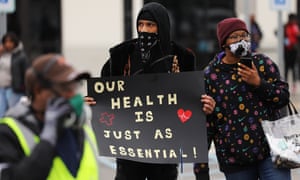
Now, because of Covid-19, we’re being told that Amazon workers are “the new Red Cross”. But we don’t want to be heroes. We are regular people. I don’t have a medical degree. I wasn’t trained to be a first responder. We shouldn’t be asked to risk our lives to come into work. But we are.
Chris Smalls, former Amazon employee

- Grocery store workers
- The people unloading trucks, stocking shelves, and ringing up customers are working much longer hours at a more frantic pace than normal. Additionally, grocery store employees take the brunt of customers’ anger when the stress of daily life meets a lack of hand sanitizer on the shelves. Many large grocery chains have forbidden employees from wearing gloves or masks at work for fear of spooking the customers.
- Warehouse loaders
- Online shopping has surged in the past few weeks as retail shops have closed. Workers in online shopping warehouses are being made to work longer hours at a faster pace, often in more crowded conditions as employers hire more people to meet increased demand. Conditions at Amazon warehouses have gotten so bad that employees held a walk-out this week at the New York warehouse.

- Food deliverers
- Rather than going out to eat or to grocery stores to buy food, people are using networks that employee people to deliver food right to the door. Restaurant delivery drivers have to go in and out of the restaurant and interact with potentially infected customers for their entire shift. Companies like InstaCart allow customers to pay someone else to go into the grocery store to gather their purchases and then deliver them, often forbidden to wear the most basic of protective gear.
- Drivers
- Cab drivers and ride-share drivers (Uber, Lyft, etc.) are seeing an increase in business as more people are told to avoid public transportation. However, this means the individual drivers have complete and possibly infected climbing in and out of their cars all day, sharing a confined space. The vast majority are still classified as contract workers and so receive no insurance or sick leave from employers.
- Truck drivers
- Goods still need to travel from the warehouse to the consumer, even if the drivers are exhausted (driving-hour standards have been relaxed) and taking on longer routes farther away from home. Factor in the drivers who have already tested positive or entered quarantine, and those hours behind the wheel get more and more exhausting.

Bottom line for writers: a job can be crappy in more than one way, so consider all the angles when you write crap!









